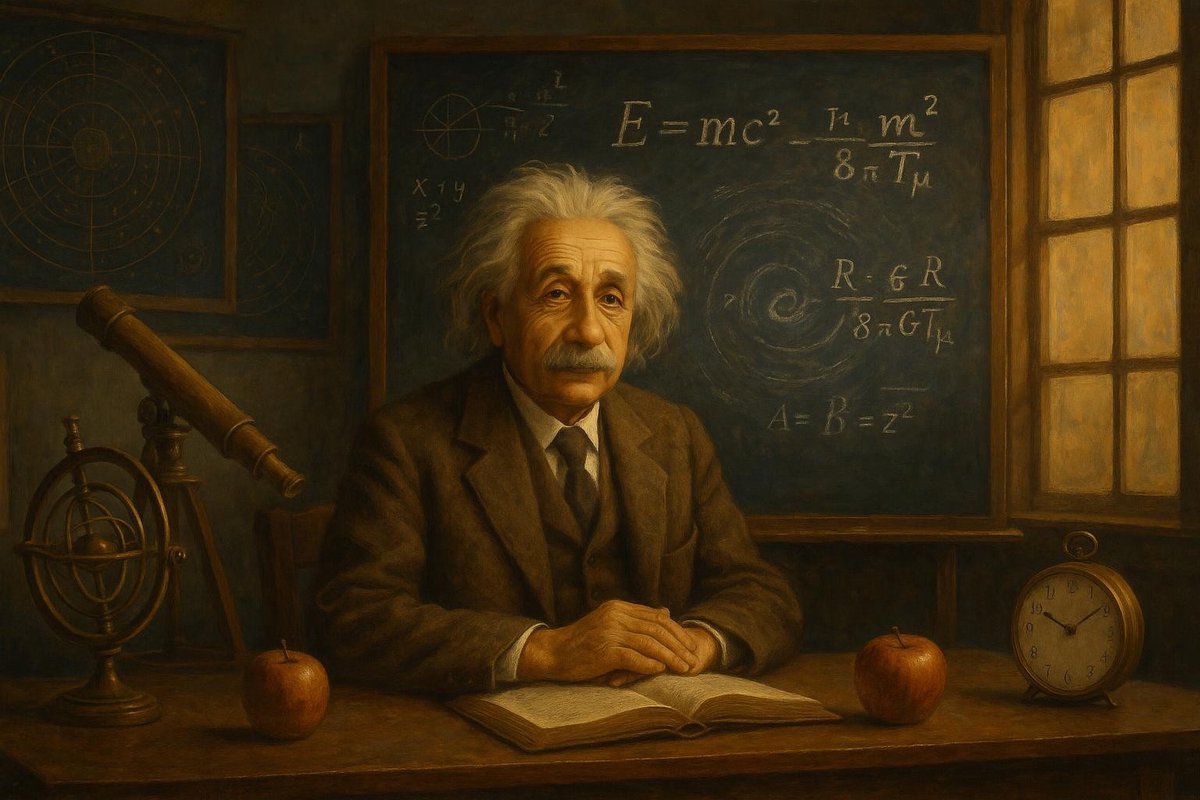
In 1905, a young patent clerk in Switzerland disrupted the entire scientific understanding of space and time. No wonder Albert Einstein’s Theory of Relativity is often heralded as a monumental leap in physics. But was this groundbreaking theory truly as revolutionary as we perceive, or was it simply an inevitable step forward, given the scientific context of the time? Let’s unravel the fascinating journey of relativity within its historical maze.
The Origins of Space and Time
Before Einstein, the scientific community was enmeshed in the comforting embrace of Isaac Newton’s gravitational theory. For over two centuries, Newton’s universe was one of absolute time and space, providing a solid foundation for explaining the celestial dance of planets.
- Newton’s laws were seen as eternal truths, unchallenged since the 17th century.
- Physicists like James Clerk Maxwell had unified electricity, magnetism, and optics into electromagnetism, hinting at deeper connections.
- The Michelson-Morley experiment in 1887 baffled scientists by showing no detectable ‘aether’ wind, shaking the Newtonian view.
Interestingly, it was this scientific backdrop that primed the stage for Einstein. As anomalies piled up, cracks began to appear in Newton’s world, nudging minds towards new explanations.
Key Figures and Their Contributions
Einstein didn’t work in isolation. His ideas were woven into a tapestry by other brilliant minds. Though he stands as the giant, it’s essential to recognize those who laid the groundwork.
- Hendrik Lorentz and Henri Poincaré made crucial advances in understanding electromagnetism.
- Poincaré even pondered on the relativity of time, stepping eerily close to Einstein’s later conclusions.
- Max Planck’s quantum theory reshaped perceptions, opening avenues for new ideas about matter and light.
These figures contributed significantly to a scientific environment ripe for revolutionary breakthroughs. Without their insights, Einstein’s theories might have lingered in the shadows longer.
The Turning Point: Relativity Emerges
In 1905, Einstein published a paper that changed everything, proposing that the laws of physics are the same for all non-accelerating observers and that the speed of light is constant, regardless of the observer’s motion.
- This Special Theory of Relativity introduced the radical concept that time and space were intertwined, forming a single fabric: space-time.
- In 1915, Einstein expanded on this with the General Theory of Relativity, where gravity was no longer a force but a curvature of space-time caused by mass.
- These theories elegantly explained anomalies like the orbit of Mercury and predicted phenomena like gravitational waves, later confirmed in 2015.
Einstein’s work was undeniably a turning point, yet it was also built on the shoulders of those who questioned the status quo.
The Impact on the World
Einstein’s theories have had a profound ripple effect, reshaping not only physics but also technology, philosophy, and even our daily lives.
- Technological applications include GPS systems, which rely on relativistic physics to provide accurate location data.
- Philosophically, relativity challenged the notion of absolute realities, influencing existential and postmodern thought.
- Culturally, Einstein became a symbol of genius, merging science with popular imagination.
As time goes on, Einstein’s theories continue to impact modern physics, from black holes to the expanding universe, proving their enduring legacy.
In conclusion, while Einstein’s theories were pivotal, they were also products of their time, a synthesis of prior knowledge and bold innovation. His genius lay not just in the discovery itself, but in his ability to see beyond the horizon, where others saw only the faint outlines of a new reality.
Fuel Someone Else’s Curiosity
If this exploration into the Theory of Relativity has sparked your interest, why not share it with friends or family? Encourage them to question and explore the world through the lens of curiosity. After all, every great discovery begins with a question.

Leave a Reply